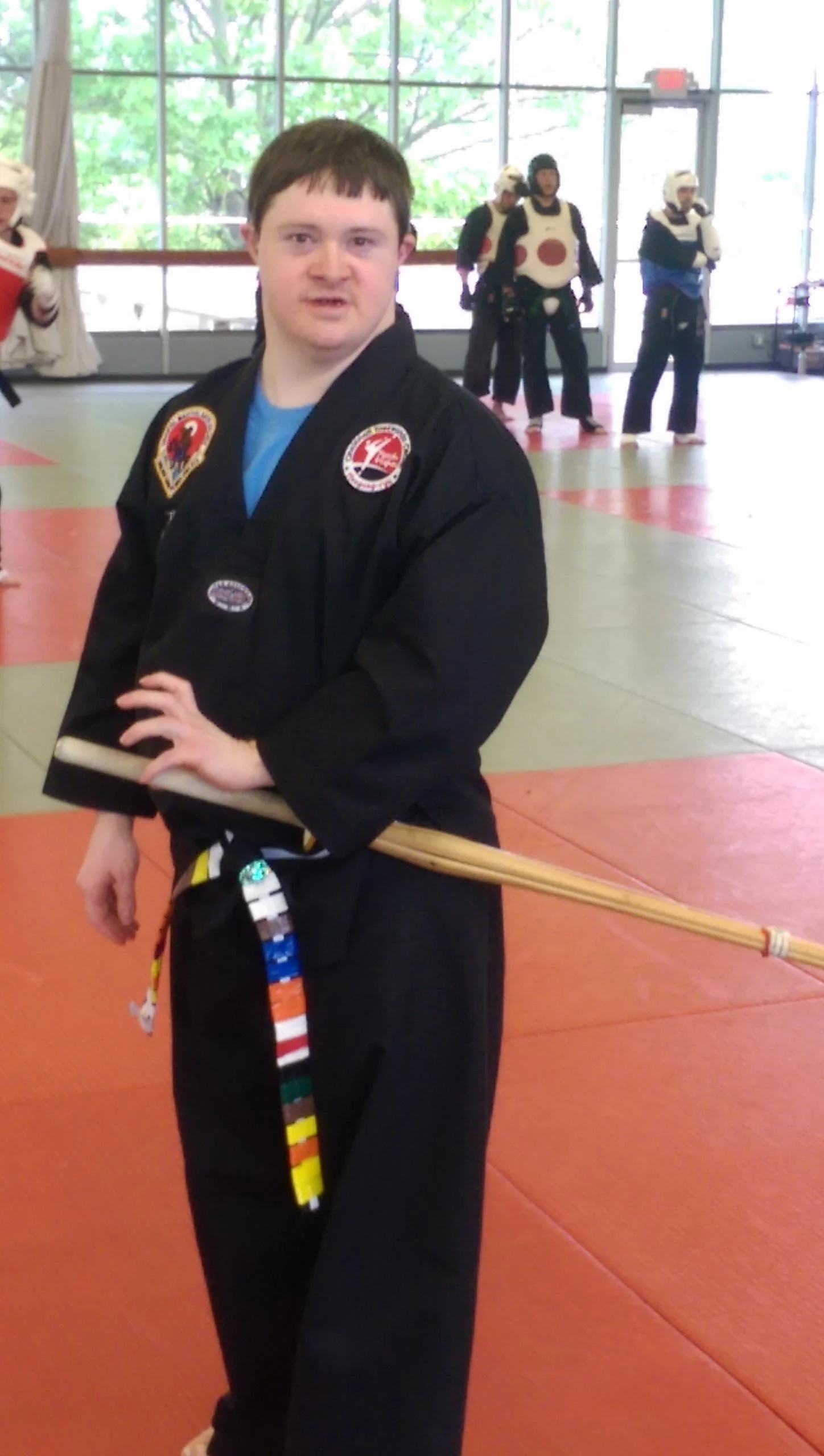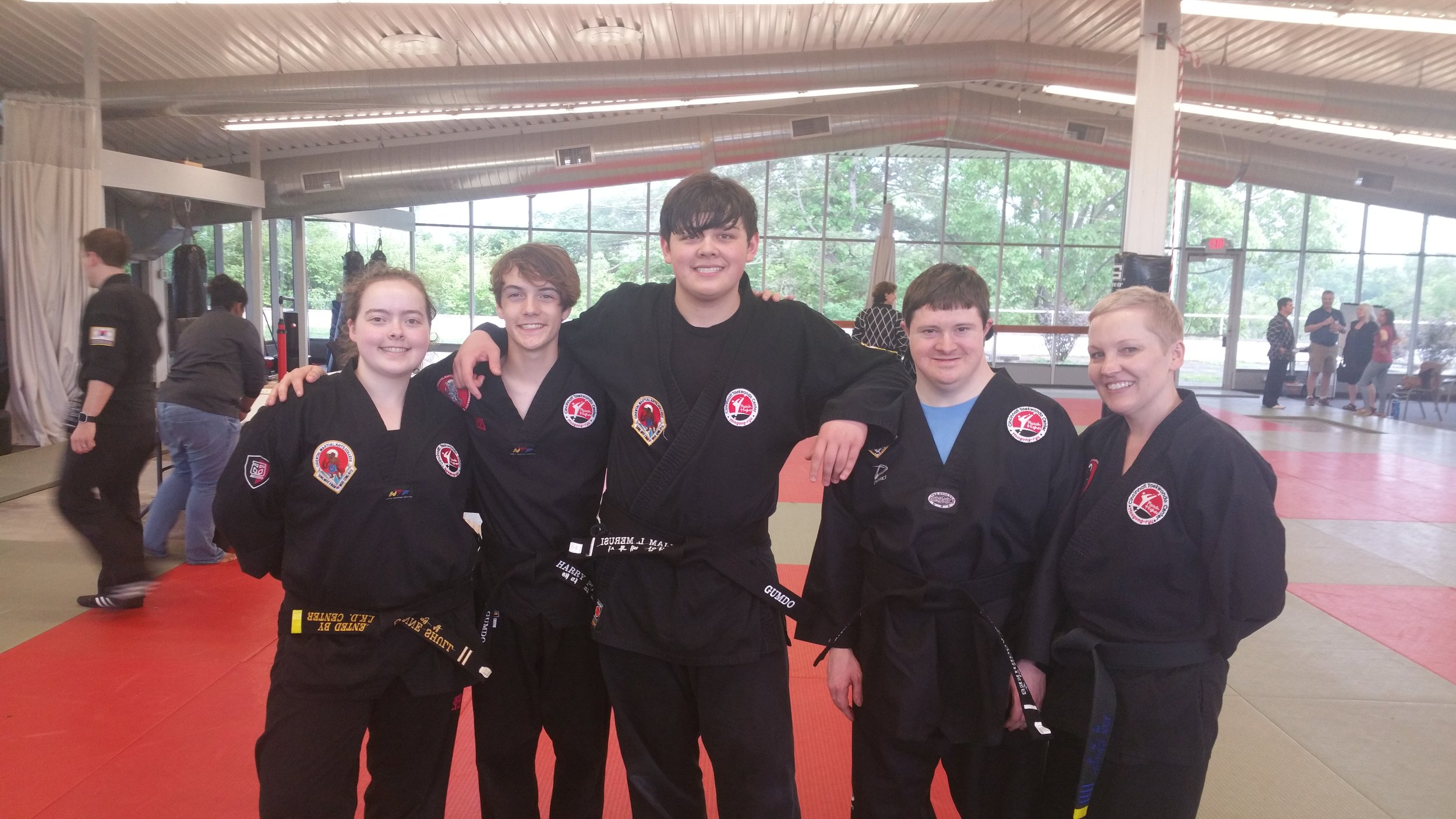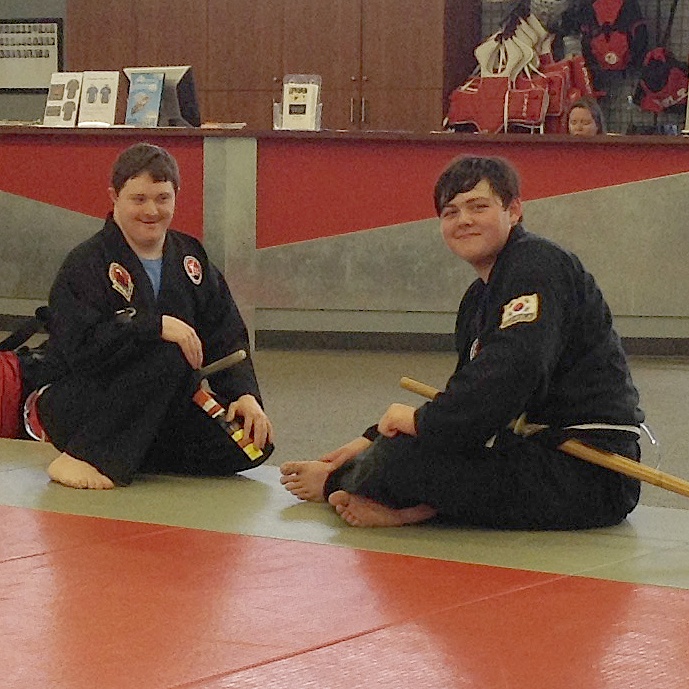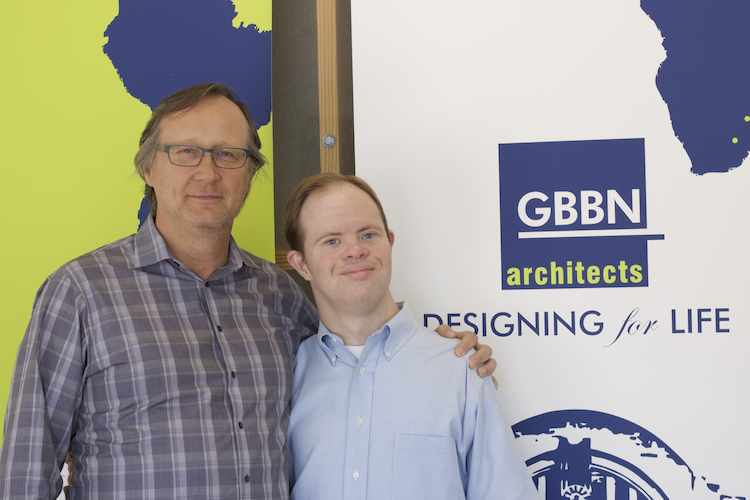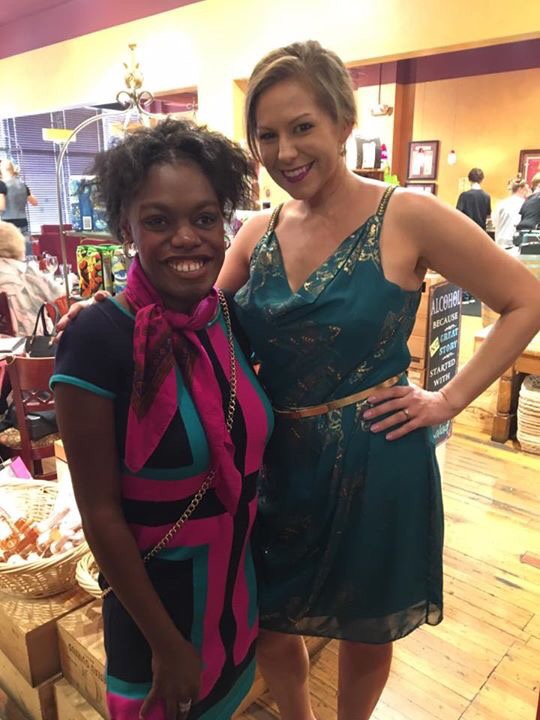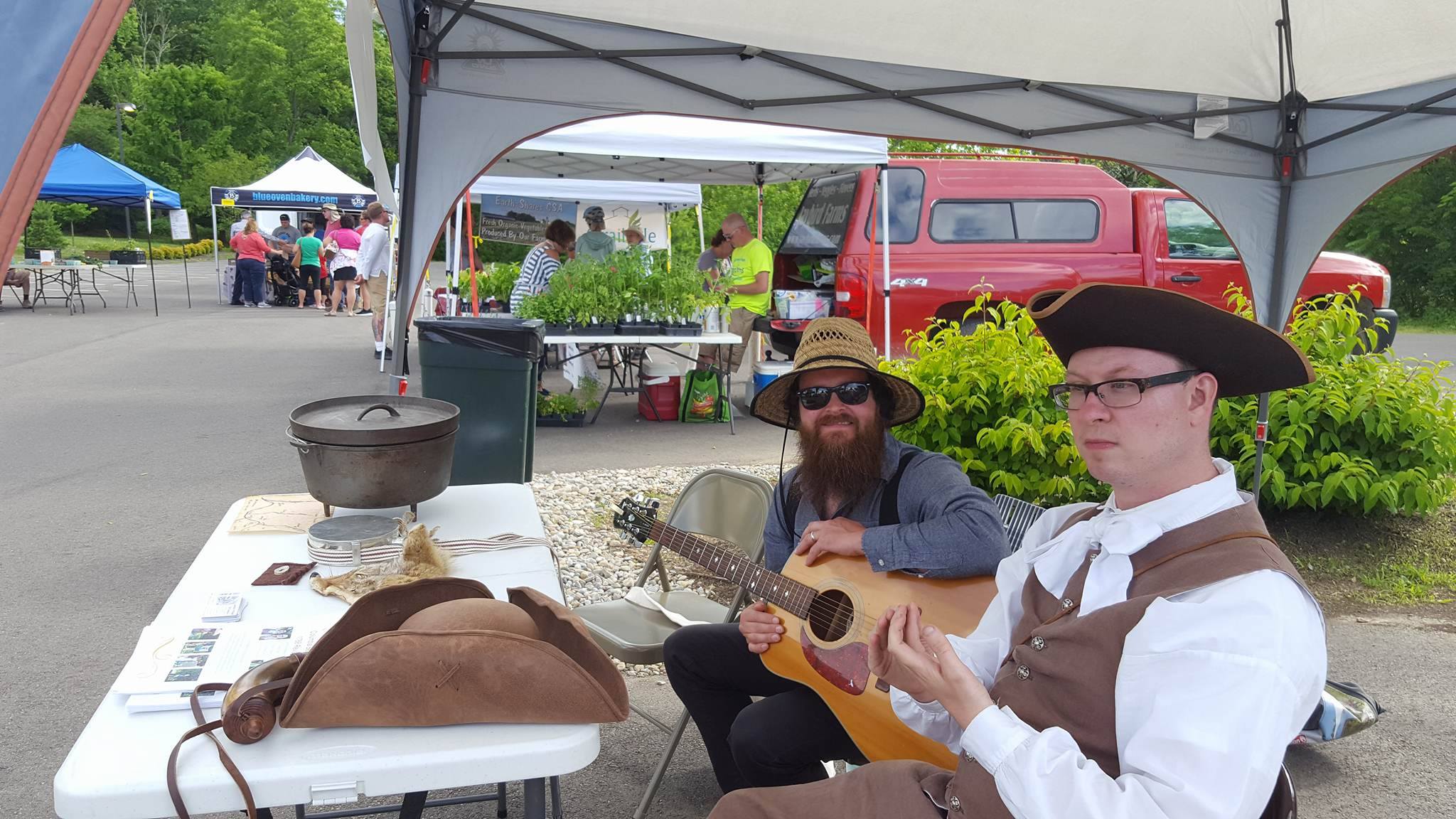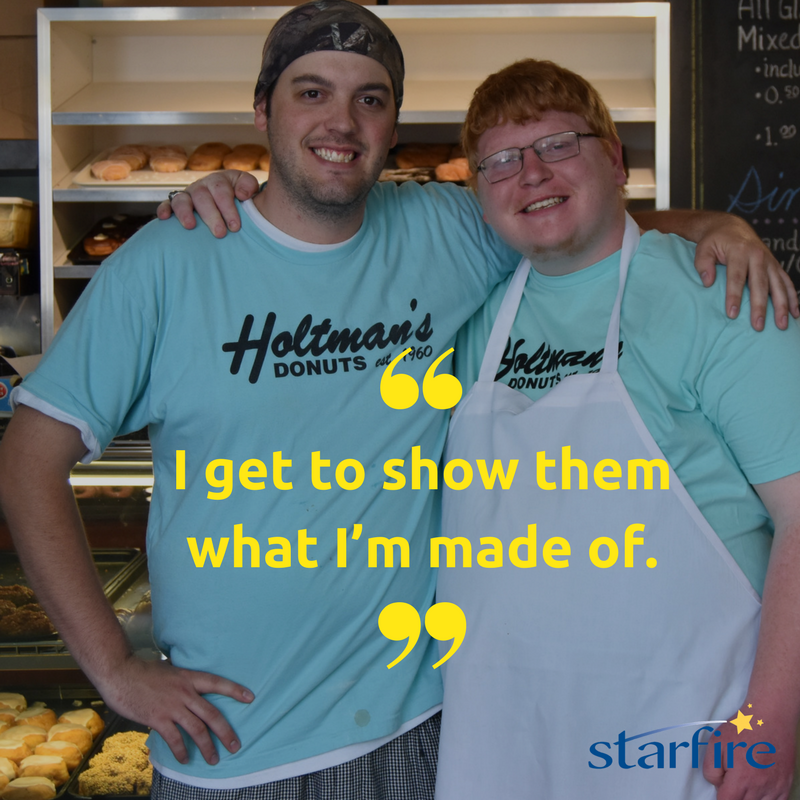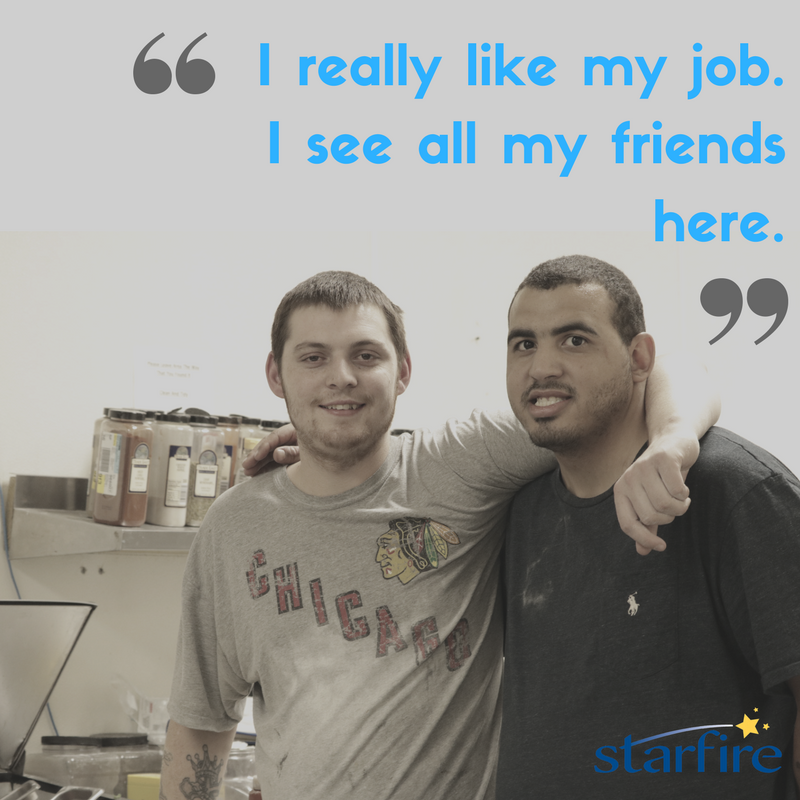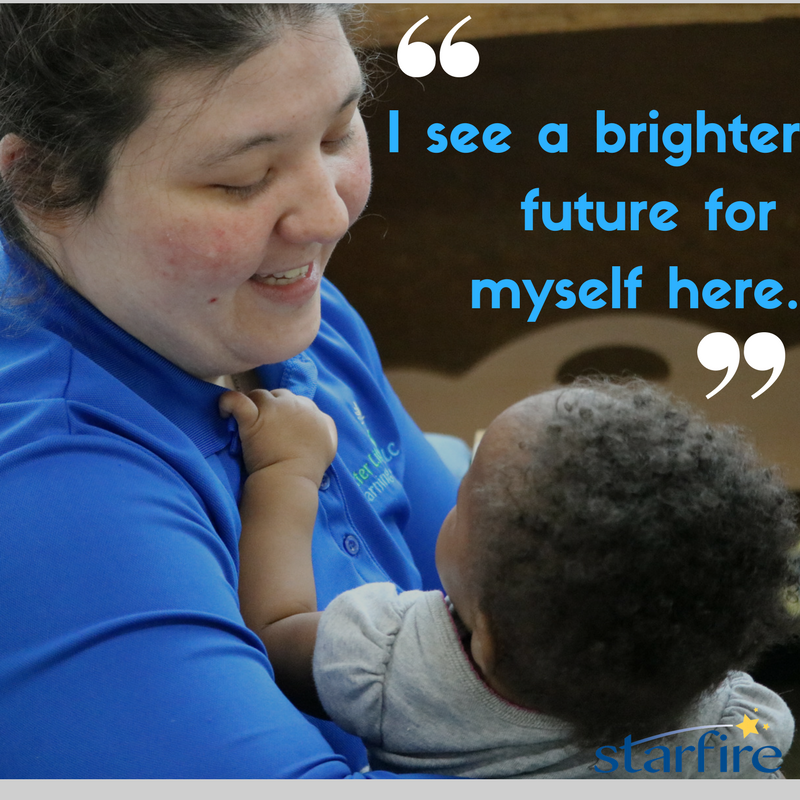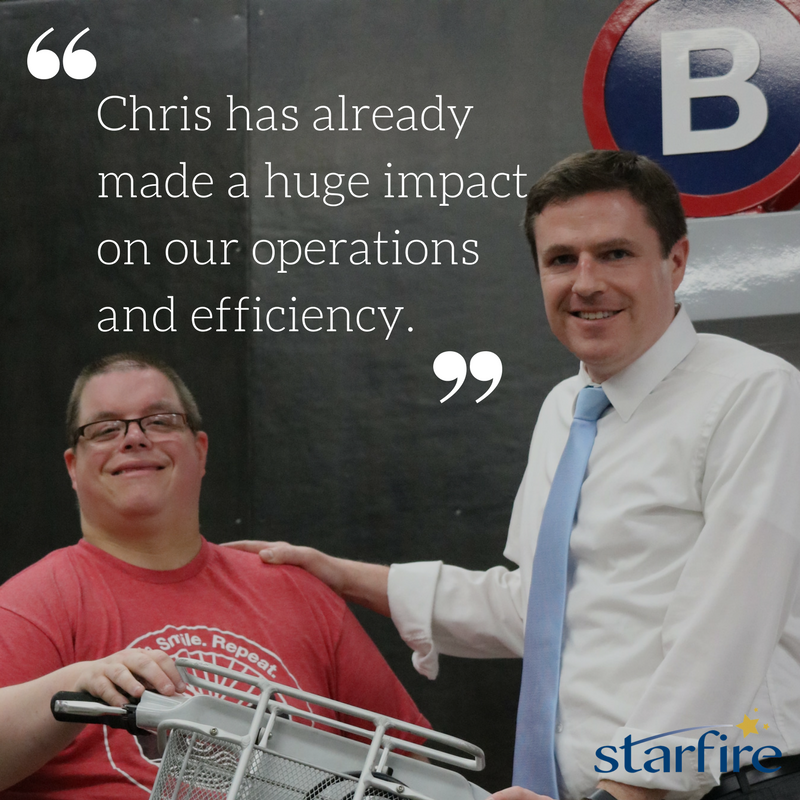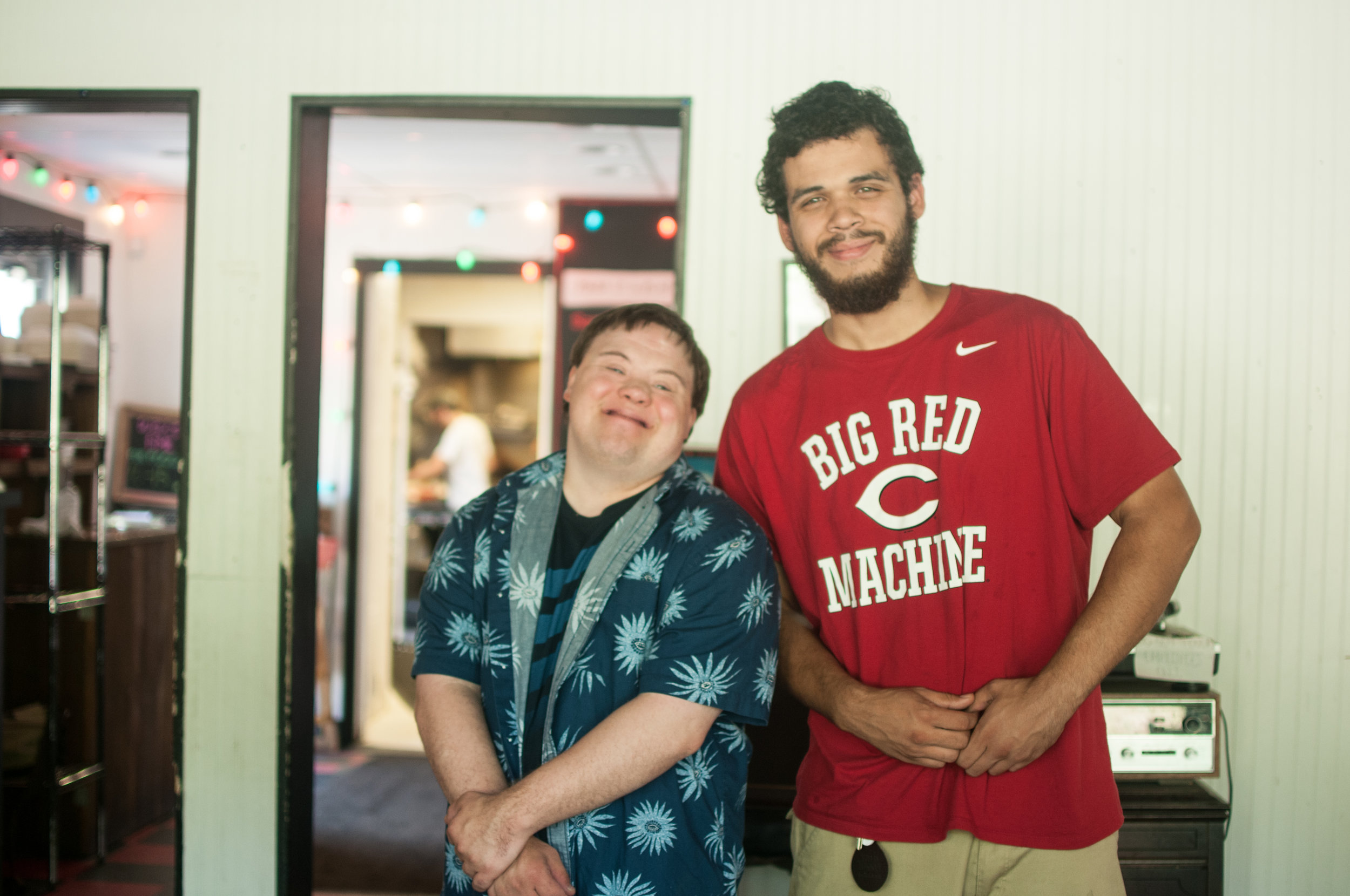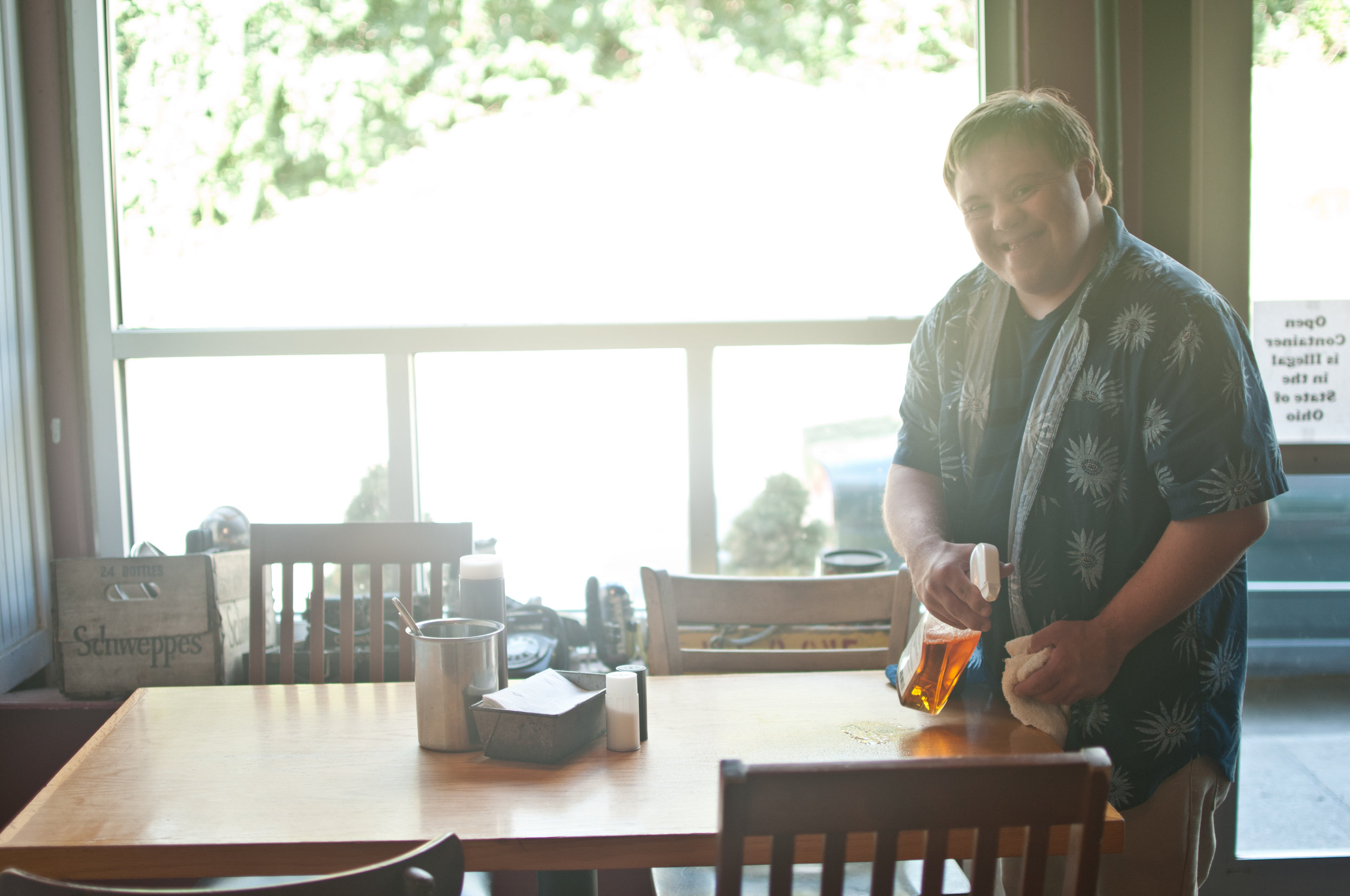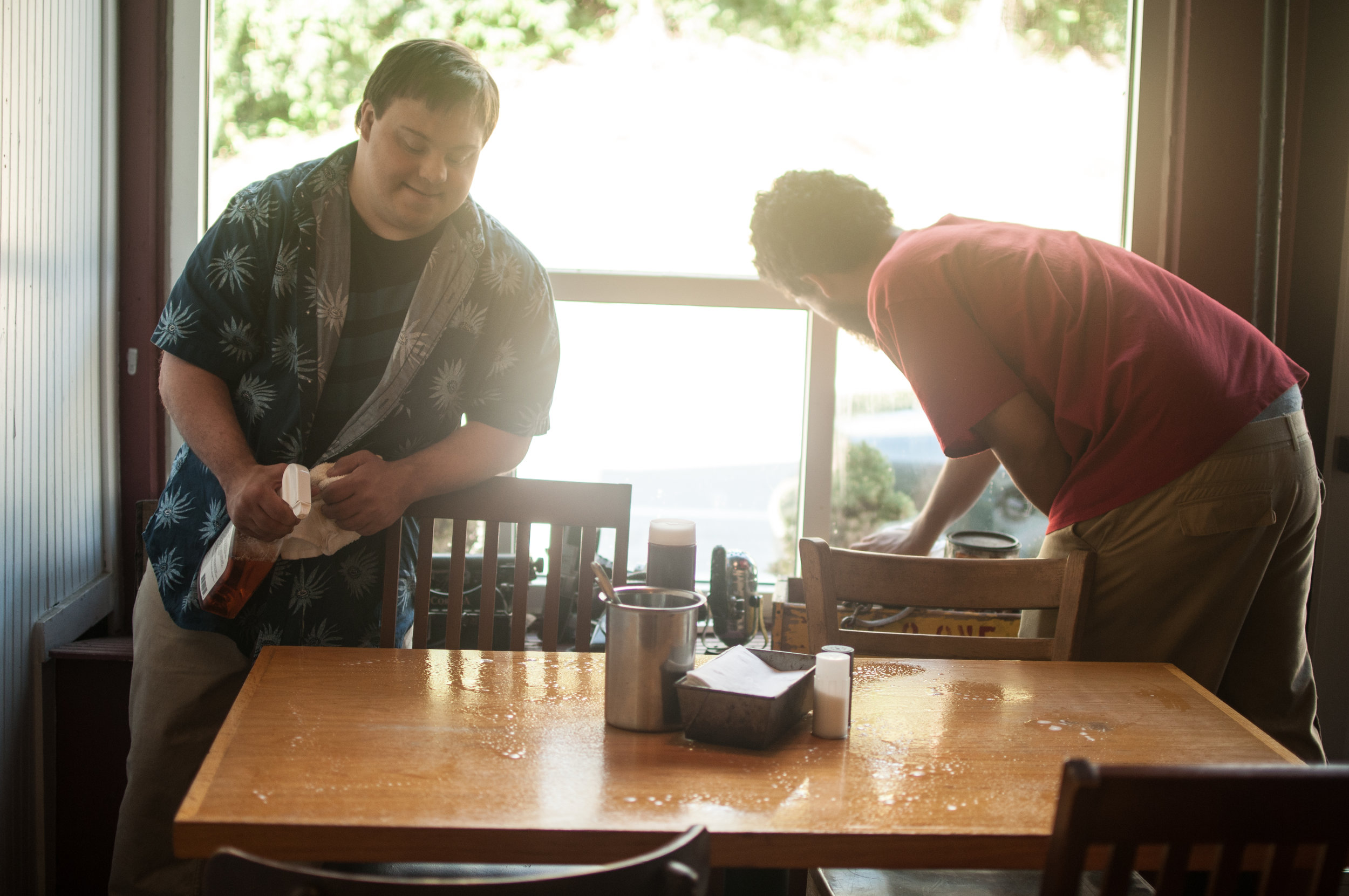Starfire brought in L.A. based social innovator, David Hsu to talk about the impact social isolation is having on American life at our last un-conference event. His presentation, “Profits & Purpose in the Age of Isolation” highlighted some of his findings shared in his e-book Unthethered: https://www.readuntethered.com. If you haven’t read Untethered yet, it’s an incredibly impactful (and quick) read.
This podcast is a conversation with David Hsu, Linda Kahn, Jack Pearpoint, and Jo Krippenstapel, centered around the theme of social isolation and the universal drive for human connection. We dig into ideas around who is leading the effort to become a more tethered society, the greater impact that comes from doing things one-on-one, and how we might all begin to reach for a future of belonging in small, practical ways.
We hope you enjoy!
“The more people understand their lives and part of their purpose as reaching for belonging, for themselves for their communities, there will be all sorts of innovations. ”
TRANSCRIPT:
Katie: Why do you think some people avoid the topic of social isolation?
David: I think talking about social isolation forces you to deal with the reality that they’re all human problems, and human problems -- human dimensions are sometimes the most painful to confront.
Linda: I think it’s because it’s so complex. People want it simple and it is so multifaceted and complex that there are no easy answers.
Katie: So that’s Linda Khan and Jack Pearpoint, who both joined us for this podcast. You’ll hear from Jack next. Jack and Linda are long time advocates, presenters, movement builders of inclusion. They are inventors of person-centered approaches like PATH, MAPs, Circle of Friends and their ideas have really revolutionized the way that we tell stories and convey ideas when it comes to inclusion.
Jack: And we are all looking, we have been trained to look for the 15-second-quick-fix and that’s not going to work. That’s not the nature of this issue, this is a human scale problem of global proportions. Which of course then shuts us down, until you sort of cut right back to well, actually it’s just the two of us and we can start right here right now. And it doesn’t matter where you start.
David: Yeah, a lot of people in my world like to rush to policy or what can we do to raise awareness? As if awareness alone is something that changes things.
So I think talking about social isolation, at least for me, clarifies that solutions lie in humans coming together and translating whatever we come up with into action.
And that sounds vague but thinking about the ways in which people are isolated can help access I think why at root some of these issues like opioids, or suicide, or recidivism are such hard but I think solvable issues.
Katie: So it offers a sense of clarity on a multitude of very complicated sometime personal issues but it kind of pinpoints something.
David: Yeah and for me I mean I the people who have made a big impact on me, they sort of see that everyone is part of the solution and I think that a lot of the time we define problems in ways that make it seem that there are special people in society who can’t be a part of the solution and I just I want to fight against that.
This is why with social isolation which is in many respects can be a health issue. I’ve seen in America us increasingly medicalizing it. And I want to go in a slightly different direction because I think we need more leaders not fewer, more specialized leaders.
Katie: Ok, and that gets to your point of like policy and awareness, right, but what you are saying is it’s really more about people who are the most marginalized, vulnerable and isolated are the change makers actually, they have the answer.
David: Yeah they are the real change makers. A lot of people that I work with through LA kitchen are people who are off the streets, have recovered from addiction, are home from 20 or 25 years of incarceration and its not a profound mystery to think why these people have a super well developed sense of the power and value of human connection because they’ve lacked it. Or they have against their choice been isolated from the community.
Katie: Yeah, and I wonder if we can segue into the conversation around people being wasted, that people are being wasted.
Jack: We have developed a society that throws people away and doesn’t even notice.
And that doesn’t sound very good, we don’t think of ourselves aspeople who do that - but we’re doing it. And struggling to come to terms with that, so it’s a fascinating challenge that we’re all working on. And the way you have to come to terms with that is in a conversation with somebody who has been exploited. And that’s anybody anywhere, and the leadership for this change is not going to come from systems. If we figure this out, and I think we can, leadership is going to come from the margins. It’s going to be all the people we have systemically excluded, when we slow down enough to listen to them. And one of the, I think one of the most exciting capacities that whether its ex-offenders, or people who have been through residential schools and other institutions, or people with disabilities, if we make a space where it’s safe and we slow down enough to listen. They teach us to slow down and listen. And boy do we need that right now.
So, there’s actual enormous unrealized capacity to resolve some of the most fundamental issues in our society, by slowing down to listen. And its available to any and all of us next door, around the corner, over coffee.
Katie: So now you’re going to hear from Jo Krippenstapel who is also around the table for this podcast. Jo is one of our mentors here at Starfire. She has inspired many many many of the changes that we have made in the last ten years. I do want to apologize for the quality of audio you are about to hear from Jo, it isn’t the best but she has a lot of great things to say so listen up.
Jo: One of the other ways that I think it connects is how universal this experience is of being untethered. Right, it’s not just “they” are untethered- it’s we are all untethered and for us as a society of people to make space to have those conversations about “what are the gifts of people who have been previously devalued?”
If I’m only tethered to people who are exactly like me, then I don’t have any way of making a stretch to people who have been homeless or imprisoned or come from another country. This is where it starts to come together.
Linda: So that’s a really interesting point, and another way to think about who are your people and where are you spending time? Because it’s another way of noticing, who's missing? Who are you not connected to? Where are the people of difference? Who else do you know? How are you spending your time? When you think about who are your people, if you’re not tethered to.
Katie: Yeah and I’d like to bring it into more of a definition around tethered that you offered in the primer, you talk about connection as a mixture of strong and weak ties and I loved how you held up weaker ties as actually the most important. And why I loved that illustration so much is what we see in people’s with disabilities lives who we talk to is that their weak ties are often minimal if not null. And that while they might have family, they may have moderately strong ties. A lot of times those moderately strong ties are staff, people who are paid to be in their life, or they’re other people with disabilities. So that’s the picture of isolation it’s the picture of segregation as well. So you know, the weaker ties why are they valuable, why are you saying that they’re indispensable?
David: Yeah I honestly can’t remember where I learned the language of not being able to access worlds beyond your own but I like it because it’s often the weak ties that help us travel more, further. And in very practical ways, you know you think about searching for a job, searching for romance, searching for belonging and our families, our closest friends are important but they often only take us so far. If you think about highly networked highly powerful highly influential people they are people who have amassed an extensive networks of weak ties that they activate when they need to.
Everyone needs that network of weak ties.
But I think there’s another part of it that is a little but more hedonistic, sort of pleasure-centric, which is just that - this is other people’s research, but at the end of life, a lot of the time when we think back on our lives, there are small moments of intimacy that we experience with people who we may have met once, maybe on our travels, maybe … who knows where. But who help us to feel human in a way that can last a lifetime and I think that’s extraordinary and it’s a thing that happens through weak ties often. So there’s this saying in sociology, the strength of weak ties like weak ties have outsized strength in human communities.
Jo: What I love about this notion of weak ties is at least to me, it makes the whole effort more approachable. If you say “Gee, I notice you’re a little weak in the most intimate friends category why don’t you get three next year?” I kind of get anxious. But if you say, how about a dozen weak ties, over the next couple of months. I can start to feel some energy about that, feels very doable, feels a little interesting. Really feels different to me.
Linda: Because it’s then about the power of showing up, of starting to discover, ok so let’s look at your neighborhood and your community, and what do you care about and where are you hanging out and starting to discover what people’s interests are. And just places to show up and hang out whether it’s become a regular coffee shop or something that you join because it's interest that you have, there’s weak ties.
Jack: And that makes it very, very doable because anybody can do it, it’s not that difficult. So one of the terrors you know “in the dark of the night” issues of what’s happened to the work of many people - its been industrialized by many people. Not here, not at Starfire. But the pressure to, ok we need numbers we need them now we need them reportable with stats. And we’ve commodified the very thing that we were trying to do. Not we have but -- it has been done with well-intentioned people trying to figure it out... But the pressure to do it faster, do it more for less, those kinds of pressures are enormous and the pressure to not do that is enormous.
David: I mean I still think -- I still care about doing it at a bigger scale.
Jack: Oh yeah
David: Faster, improving it I just think we can do that one-on-one, it just requires that everyone be a part of it. There’s lots of ways of to do that and mass storytelling is one of doing them. What I think is more critical than the scale at which we recruit is kind of the desire and a belief in bringing people in and showing them how useful whatever they bring is.
Linda: I think one of the things that’s really exciting about the way David thinks about this is just people stepping into some action and responsibility. Thinking about so what can I do about this?
What’s my contribution to the very problem we have? I think that’s pretty interesting because you need the contributions and the solutions of everyone, including the people the most impacted.
And so I think trying to make this everyone’s issue is really interesting.
Katie: What I want to pull out a little bit more is this idea that who are the leaders of this movement? That yes it requires all of us and yes it requires the marginalized and it requires those who aren’t typical leaders. But it does require it does require leaders at the top also. And that’s part of your work David right is to talk to business leaders and to talk to philanthropists.
David: Yeah I mean I definitely have an interest in engaging resourced people, but it’s mainly out of an interest to help them understand what types of leaders they should be supporting. Rather than thinking oh me as a philanthropist, I’m the answer to society. It’s much more as you scan the landscape which good philanthropist is like doing all the time, you can recognize Starfire. You can recognize the kind of work they’re doing.
Jack: And when you make the kind of transition Starfire is making, which is incredible, courageous and wonderful you lose some of your traditional backing.
David: Yes
Katie: I think that’s kind of what I was going to is this idea that there are a lot of Executive Directors in place right now, who have been in that role for however many years, they are not going to change their model or shift their financial structure to do something risky, to change their model to be more impactful. And to give leadership to families like we’ve learned how to do at Starfire, and to give leadership to people with disabilities to do projects cool projects in their neighborhood. The executive directors that we know, a lot of times, say excuses more that have to do with putting the onus back on people with disabilities to say it’s their choice to be with each other, you know they deserve this day program or workshop because what else are they going to do?
Jack: And we surveyed them and they say they like it.
Katie: Yes, the data shows...that they’re all happy.
David: That’s a really interesting point, there’s a lot of lying in the world of impact and in non-profits. In having, I mean I try to study big non-profits that are doing the kind of work that we all care about but seem to be doing it on a huge scale. For example, there are non-profits who I will not name like in LA who will serve huge numbers of people who are coming out of prison, and huge numbers of seniors and things like this -- and their annual reports look amazing. Right? And then the more you sort of learn and talk to people and dig you know there is some muckraking that is appropriate I think in this world. Impact, there are a lot of lies that are told about large scale impact. There are so many dysfunctions in our mass like mass-style interventions. Whether it’s for hunger or aging or mental health services, or any of these kinds of things, where well intention folks we end up creating solutions that still waste just only en mass. For me it’s slowly seeing this and connecting the dots and I think people who have worked over the years and decades in disabilities probably have the most powerful ways to help people understand this.
So I think there are people who work one and one also, we shouldn’t be unfairly or inappropriately modest.
Or we can say oh it's messy it's not so tangible the impact. But I think when you consider the amount of lying that takes place, we should stand firm about tangible proven impact at the scale that we’re doing. We should also understand and be able to tell the story of how one to one work does have this amplifying power. And I think that -- I’m still in the process of figuring out how to do that.
Katie: I'm glad to hear the struggle is still alive and well. And that there are still no answers yet but we’re doing the right work and that’s what’s important. One of the things you say in Untethered is that “We are reaching for the future of belonging,” we’re reaching for that. So you know you talk about how old ways of belonging need to be remade. Let’s talk about what’s emerging and how people can like somebody said here show up, all we have to do is start showing up. What are those patterned ways of living together that need to be encouraged?
Jo: I think the local movement is very hopeful and when people experience it, it feels fun. You get such an immediate sense of something’s really different about this than my usual pattern.
So there are so many examples of local: local food, local beer, local everything, right? When we lean into that I think we will start to tether ourselves to people who aren't exactly like ourselves.
Katie: Lean into local, I like it.
David: I mean for me reaching for this future of belonging is all about reaching. I love this T.S. Elliot line which is, “For us there is only the trying, the rest is not our business.”
The more people understand their lives and part of their purpose as reaching for belonging, for themselves for their communities, there will be all sorts of innovations.
It feels weird to name certain things because they’re so infinite. Like they come to they come to life in so many ways, which is why it’ s beautiful. It’s about this overall pattern and it’s about this sense of chaos that we are trying to create. The best kind of chaos. People just trying things.
Linda: It does have to do with the courage to engage. It involves some introspection. And then there does need to be ‘what’s my local action going to be?’ Including noticing when the future we’re leaning into is here. There will be moments where people experience belonging, and we better notice those too, it’s not out of our reach. It’s living now as well and being able to share those stories and notice the experiences and understand how did it happen. It always takes courage to do that, so I’m often thinking about stretch and courage and being honest to notice when I haven’t done it.
Jack: If we just make a space, and it’s -- it is scary I agree. You mean I’ve got to meet new people? Yeah. But it’s not that difficult if you go for loose connections. If we make the assignment: by tomorrow morning by ten am you have to have a best friend for life, we’re not going to do very well. But there are an infinite number of loose connections, we don’t even have a clue how many there are out there. It is beyond our limited human capacity to even imagine. So anything goes if we make the space. I think my metaphor for it is we need to get our fingers in the dirt, dirt is universal, and you don’t know what the wonderment will be yet. And next time it will be a different array of goodies. But there are always goodies.
Katie: And Jo, when you’ve said before this is finding new ways to spend time together, and it’s deciding to spend time together. And then it’s finding new ways on how to spend time together. I just love that simplicity there. It’s powerful. Jack, Linda, David, Jo, thank you so much for spending this time together, I really appreciate it.




























